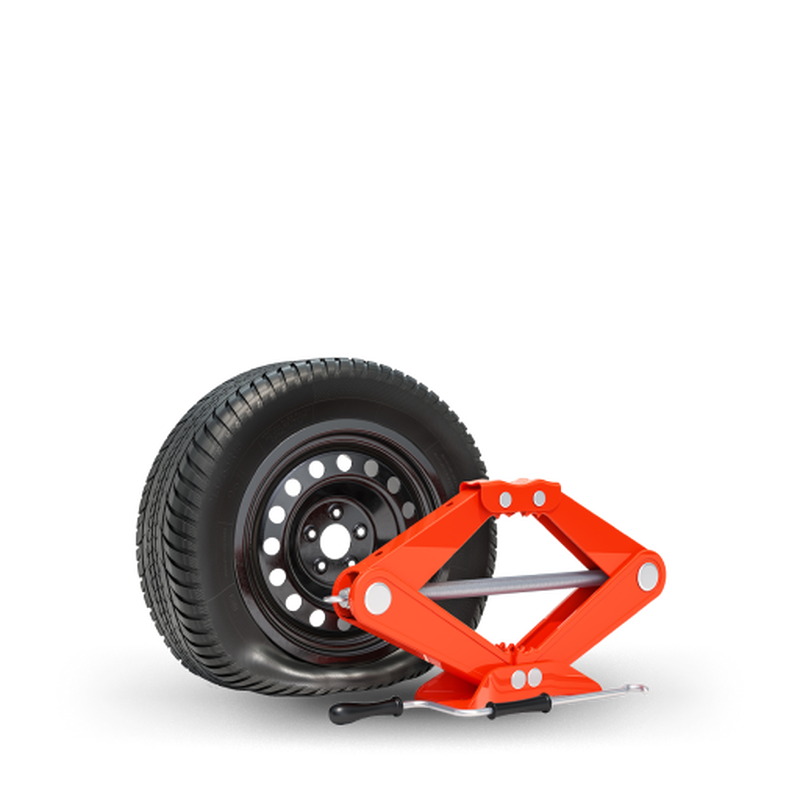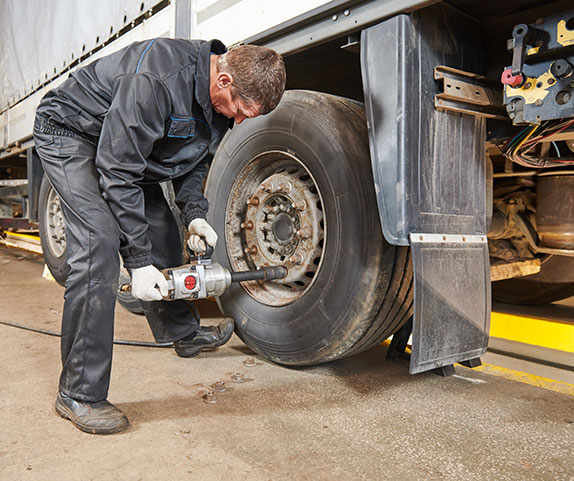Morris Tires: Your Partner for Specialist GMC Tires Service
Morris Tires: Your Partner for Specialist GMC Tires Service
Blog Article
Tire Solution: The Effect of Weather
When it pertains to making sure optimal performance and safety and security on the road, recognizing the effect of climate problems on tire service is crucial. From scorching warmth to icy roads, each weather condition aspect can substantially influence tire functionality and overall driving experience. By diving right into the results of differing weather condition problems on tires, chauffeurs can gain beneficial understandings that may boost their vehicle's efficiency and long life. In this conversation, we will certainly check out the detailed partnership between climate condition and tire solution, clarifying the significance of weather-specific tire maintenance techniques and considerations.
Heat and Tire Performance
When subjected to high temperatures, tires experience modifications in efficiency that can dramatically affect vehicle safety and security and handling. The heat created from extended driving or warm weather conditions triggers the tire rubber to soften, leading to lowered step life and boosted wear.

Cold Weather Condition Impacts
Cold climate conditions can have a significant impact on tire efficiency and safety and security. In cold climate, tires might likewise lose air pressure a lot more rapidly, which can impact managing and gas performance.
To minimize the effects of winter on tires, it is critical to regularly examine tire pressure and inflate them to the maker's suggested degrees. Using winter season or all-season tires made for chilly climate conditions can also enhance grip and grasp on icy or snowy roadways. Appropriate tire maintenance, including normal assessments for wear and damages, becomes a lot more crucial during cooler months to ensure optimum performance and safety.
Rainy Conditions Influence
During wet conditions, tire performance and security can be dramatically affected by the wet roadway surface areas and lowered visibility. The walk pattern of tires plays a critical duty in maintaining traction on damp roadways. Tires with damaged treads are much more prone to hydroplaning, where a layer of water accumulates in between the tire and the road surface area, causing loss of traction. To fight this, vehicle drivers should frequently check their tires for appropriate walk deepness and consider spending in tires specifically created for damp conditions.
Additionally, stormy climate can also decrease presence, making it challenging for chauffeurs to see the roadway ahead clearly (GMC Tire click site Service). In such conditions, it is important to change driving rates appropriately and preserve a safe adhering to distance to enable abrupt quits. Properly inflated tires can additionally aid in preserving control on wet roadways by giving better handling and grip
Snow and Tire Security
When driving in snowy problems, having the right tires can make a substantial difference in safety and security and efficiency. Winter tires are made with unique rubber substances and step patterns to provide far better grip on snow and ice contrasted to all-season tires.

It is vital to adhere to supplier instructions when installing and making use of tire chains to stop damage to the tires and lorry. By selecting the ideal tires, preserving correct rising cost of living, and considering additional grip help like tire chains, vehicle drivers can enhance their security when browsing snow-covered roadways.
Weather-Related Tire Maintenance
When faced with numerous weather, proper tire upkeep comes to be a vital facet of automobile safety and security and efficiency. Weather-related tire maintenance incorporates a range of techniques targeted at making certain optimum tire feature and long life in different climate situations. One key facet of weather-related tire maintenance is tire stress guideline. Changing temperature levels can trigger tire pressure to differ, influencing traction and fuel performance. On a regular basis examining and changing tire stress according to manufacturer suggestions is essential for secure driving in altering weather. Furthermore, tire tread depth plays a considerable function in taking care of different climate elements. Tires with adequate tread deepness offer much better hold on damp or icy roadways, minimizing the danger of hydroplaning or skidding. When walk wear gets to a particular depth is important for preserving grip and security in adverse climate, evaluating tire tread regularly and replacing tires. By prioritizing weather-related tire maintenance, chauffeurs can boost safety, improve automobile performance, and prolong the lifespan of their tires.
Verdict
In conclusion, weather problems have a substantial impact on tire performance and safety and security. From heat influencing tire pressure and put on to cool weather condition reducing grip, it is crucial to consider the weather when preserving and making use of tires.
In this conversation, we will discover the detailed partnership between climate conditions and tire solution, dropping light on the relevance of weather-specific tire maintenance practices and considerations.

Report this page